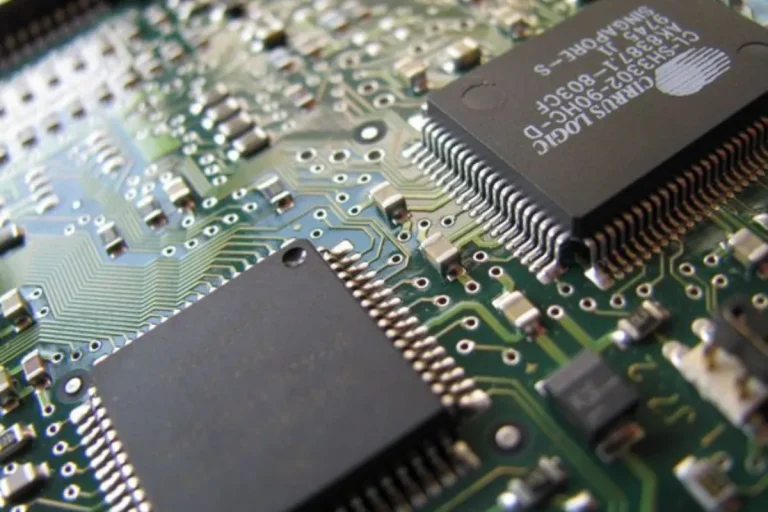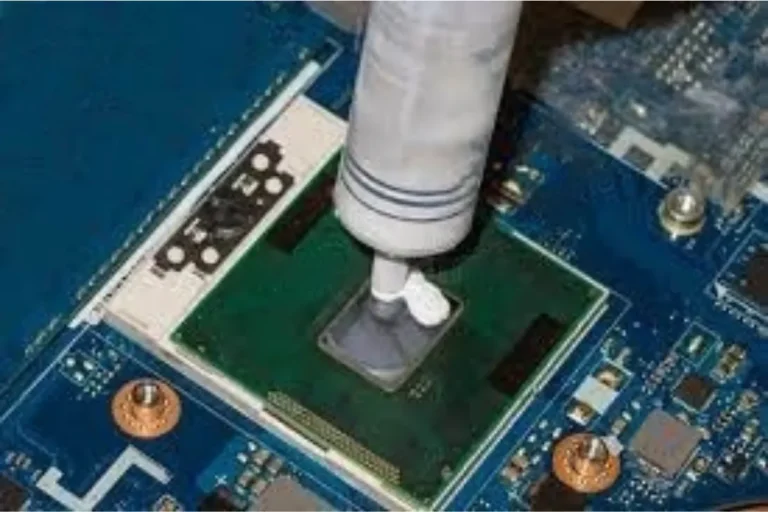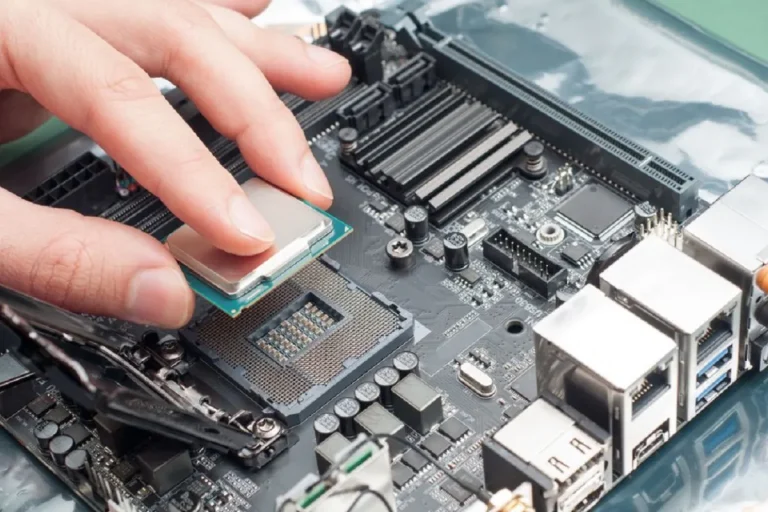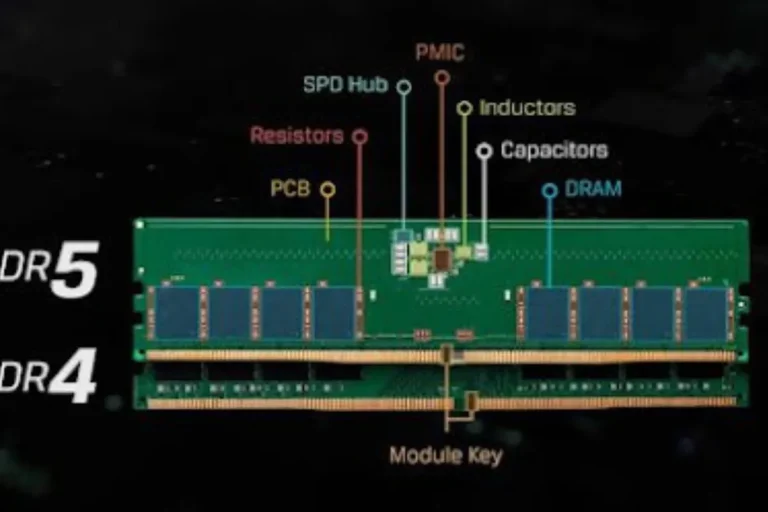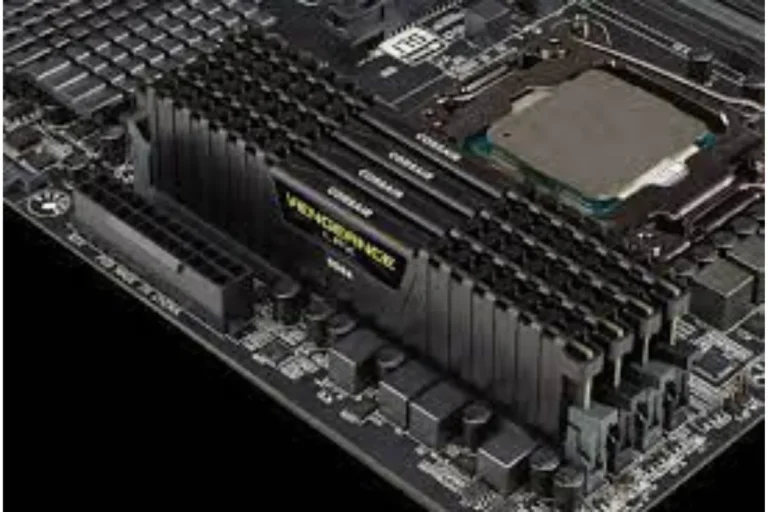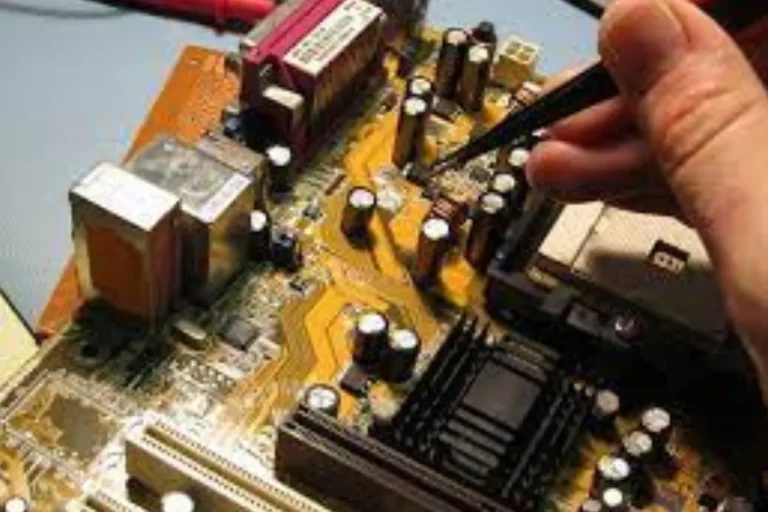How can I update BIOS without using a CPU?
Updating your computer’s BIOS is crucial for optimizing system performance and ensuring compatibility with the latest hardware and software. But did you know that you can update your BIOS without even using a CPU,
Yes, you heard it right! In this guide, we’ll explore alternative methods that allow you to update your BIOS hassle-free, avoiding the complexities and risks associated with traditional CPU-based updates.
Challenges in Updating BIOS
Updating your computer’s BIOS using a CPU may seem like the traditional and straightforward approach, but it comes with its fair share of limitations and risks. Let’s delve into the challenges you might encounter when updating BIOS through this method and shed light on potential issues that could arise, such as compatibility problems, failed updates, and system crashes.
Compatibility Problems
One of the major challenges of updating BIOS using a CPU is the potential for compatibility problems. As technology evolves, new hardware components and software versions are released, and sometimes the existing BIOS may not support these updates. This can lead to issues like hardware malfunctioning, system instability, or even complete failure to boot up the system.
Failed Updates
Another challenge is the risk of failed BIOS updates. During the update process, if there is a power outage or any interruption, it can result in a failed update. This can leave your computer in an unstable state, making it difficult to recover without professional assistance.
System Crashes
Updating BIOS using a CPU can also put your system at risk of crashes. Due to the complexity of the update process, there is a possibility of errors occurring, which can lead to system crashes or the infamous “blue screen of death” (BSOD). This can be frustrating and time-consuming to resolve.
Alternative Methods for BIOS Update
When it comes to updating your computer’s BIOS without using a CPU, you’ll be glad to know that there are alternative methods available that can simplify the process and minimize the risks associated with traditional updates. Let’s explore these methods and how they can help you update your BIOS hassle-free.
Using a USB Flash Drive
Updating your BIOS using a USB flash drive is a popular method that offers convenience and reliability. By following a few simple steps, you can create a bootable USB drive and update your BIOS smoothly.
It’s important to obtain the correct BIOS update file from the manufacturer’s website to ensure compatibility and avoid any potential issues. This method allows you to update your BIOS without the need for a CPU, making it a convenient and efficient option.
Using a BIOS Update Tool
Specialized tools are designed specifically for updating BIOS without CPU involvement, providing an easier and safer alternative. These tools simplify the update process and reduce the risk of errors.
With their user-friendly interfaces, even users with limited technical knowledge can update their BIOS effortlessly. By using a BIOS update tool, you can ensure a smooth and successful update without the complexities associated with traditional CPU-based updates.
Using a BIOS Update Card
Another alternative method is using a BIOS update card. These cards serve as dedicated devices that allow you to update your BIOS without relying on your CPU. They come equipped with the necessary firmware and provide a straightforward installation process.
However, it’s important to consider compatibility factors and ensure that the BIOS update card is compatible with your computer’s motherboard before proceeding. This method offers convenience and eliminates the risks associated with CPU-dependent updates.
Precautions and Best Practices
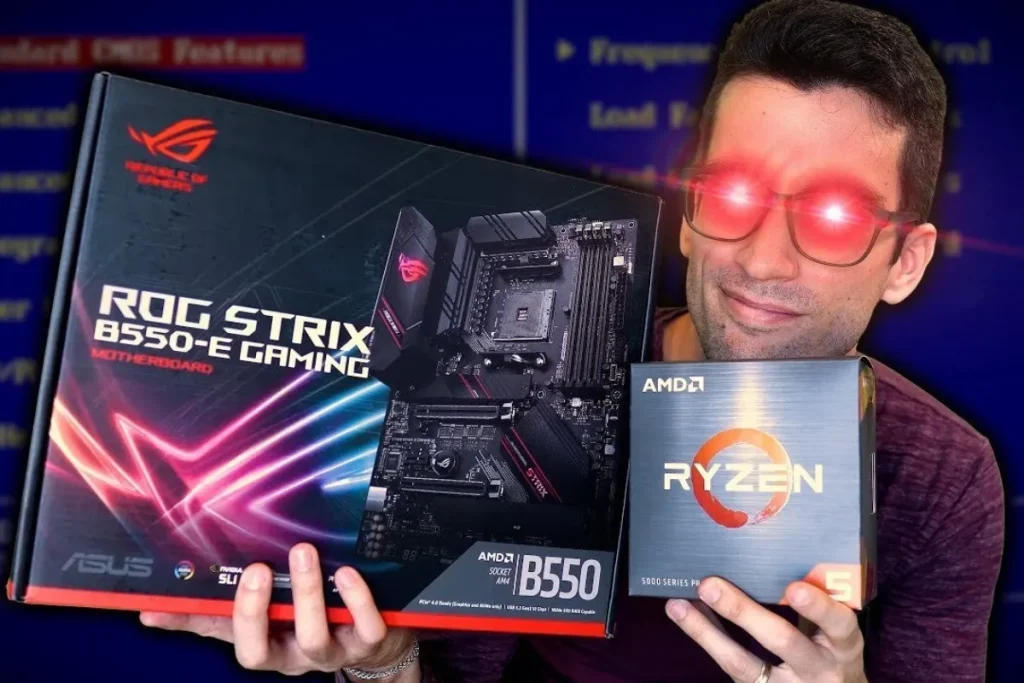
Before embarking on the journey of updating your BIOS without a CPU, it’s crucial to understand the precautions and best practices to ensure a smooth and safe update process. By following these essential tips, you can minimize the potential risks and maximize the chances of a successful update.
Back up Your Data
Before updating your BIOS, it’s always wise to back up your important data. Although the chances of data loss during a BIOS update are slim, it’s better to be safe than sorry.
Create a backup of all your important files and documents to an external storage device or cloud storage. This precautionary step will provide peace of mind and ensure that your valuable data remains protected.
Use Reliable Power Sources
When updating your BIOS, it’s essential to have a stable and reliable power source. A sudden power outage or interruption during the update process can lead to irreversible damage to your motherboard or BIOS chip.
Make sure your computer is connected to an uninterruptible power supply (UPS) or ensure that you have a fully charged laptop battery. This precautionary measure will help prevent any power-related mishaps and ensure a smooth update process.
Follow Manufacturer Instructions
Every motherboard manufacturer provides specific instructions for updating the BIOS. It’s crucial to thoroughly read and understand these instructions before proceeding with the update. Pay attention to any specific requirements or recommendations mentioned by the manufacturer.
Following their guidelines will help you avoid any compatibility issues, ensure a successful update, and maintain the warranty on your motherboard.
Frequently asked questions
1. What are the risks of updating BIOS using a CPU?
Updating BIOS using a CPU can be risky due to the potential for compatibility problems, failed updates, and system crashes. If the BIOS update process is interrupted or encounters an error, it can result in a bricked motherboard or a non-functional computer.
2. What are the limitations of updating BIOS using a CPU?
Updating BIOS using a CPU has limitations such as the requirement of a functional CPU, which means you cannot update the BIOS if the CPU is faulty.
3. What are compatibility problems in BIOS updates?
Compatibility problems can arise when attempting to update the BIOS using a CPU. The new BIOS version may not be compatible with certain hardware components or peripherals, leading to functionality issues or system instability.
4. What happens if a BIOS update fails?
If a BIOS update fails, it can result in a non-bootable system or a bricked motherboard. This can occur due to power interruptions, hardware malfunctions, or errors during the update process.
5. What should I do if my system crashes after a BIOS update?
If your system crashes after a BIOS update, you can try to recover by clearing the CMOS (complementary metal-oxide-semiconductor) memory or resetting the BIOS settings to defaults.
Conclusion
Updating BIOS without using a CPU is a challenging task but not impossible. By following the necessary precautions, such as backing up data, using reliable power sources, and adhering to manufacturer instructions, you can successfully update your BIOS and unlock new features for your motherboard. Stay informed, stay cautious, and enjoy the benefits of an updated BIOS
